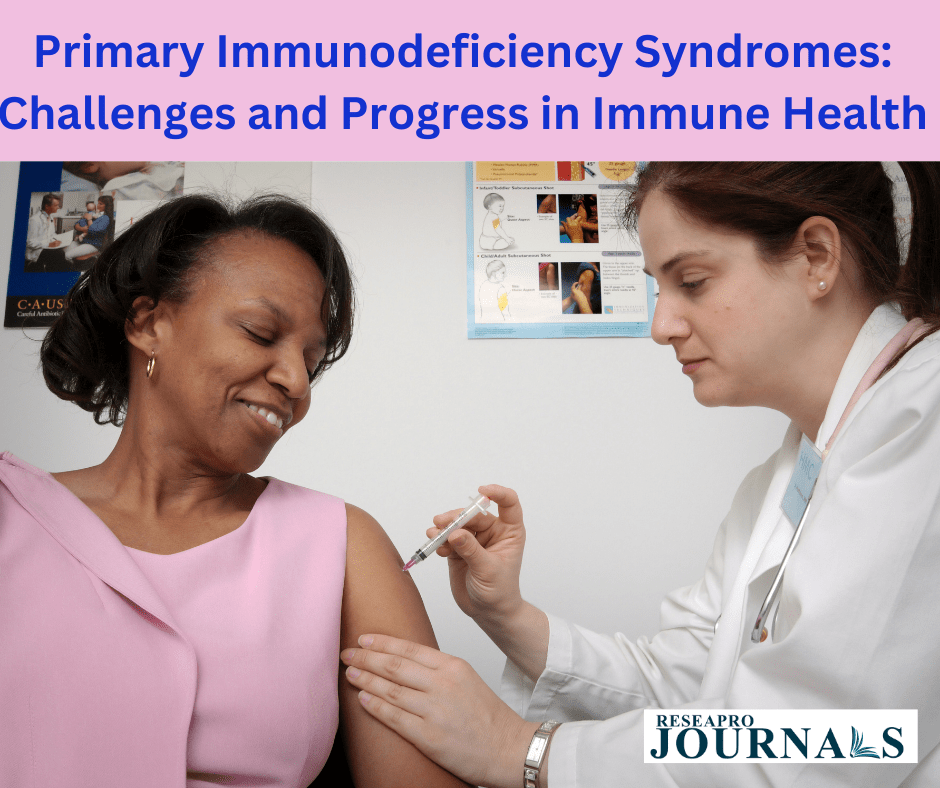Primary immunodeficiency syndromes are genetically determined immunodeficiencies with immune and nonimmune defects. Nonimmune manifestations are often more easily recognized than those of the immunodeficiency. Examples are ataxia-telangiectasia, cartilage-hair hypoplasia, DiGeorge syndrome, hyper-IgE syndrome, and Wiskott-Aldrich syndrome. Despite the presence of immunodeficiencies, some patients also develop autoimmune disorders.




